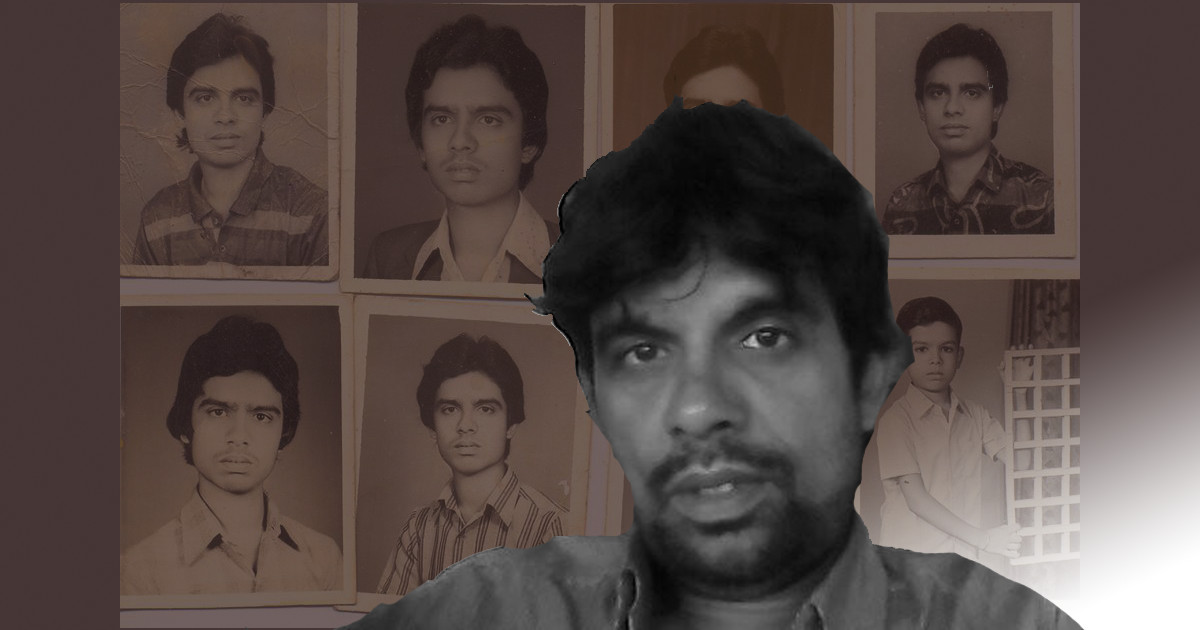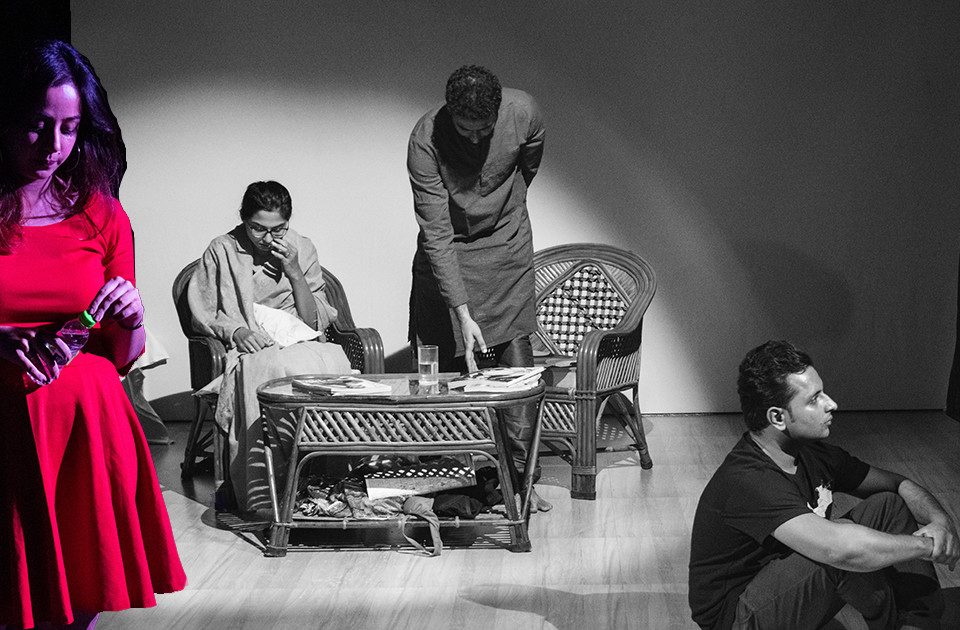
What are the things you should not do in life?
December 25, 2017
आनंद प्रहलाद की मौत समाज की संवेदना पर कोड़ा है!
July 31, 2018Divyanshu
Since the rise of mythological and fantasy fiction in India, it has become a bit of a problem to keep a civil tone about the distortion of facts and history in these passable forms of entertainment. People often criticise the artists and creators of these books, television dramas and movies for hurting sentiments or disrespecting the views of specific community. In those conditions, their refuge comes in the form of the popular phrase: The Creative Liberty of an Artist. This liberty or license is simply a subject of the artists’ discretion and it is the viewers’ responsibility to tolerate these elements and move on with the story. There are no rules about this liberty and how far can it extend, which is a good thing. Part freedom is no freedom at all. And yet, this dramatic license also provides a space for misrepresentation of historical or cultural facts in bad artforms.
This is a major problem in a country like India where the drama of everyday life that unfolds upon an average citizen through the elements of myths, superstition, pseudoscience, and fabricated history, encumbers a mind to analyse and act rationally. We grow up with the tales of historical figures such as Akbar-Birbal, Tenaliram, and Rana Pratap and find ourselves unhinged from the real facts of history. A culture that treats mythology as a historical account, the dramatic license comes with a cost. The cautious artist tiptoes around sensitive subject, not to conciliate any community—days of an honest artist as a civil member of society are numbered anyway—but as an effort to avoid encounter with any confusion.
To understand this aspect and the price of creative liberty, we need to familiarise ourselves with some basic elements of art and storytelling. A good example for this would be the blockbuster Telugu film, Bahubali. Firstly, because the filmmakers had marketed it as a fantasy film and second, it stands for almost everything that is still wrong with the irresponsible Indian cinema in the 21st century. Bahubali is also a good example because this film has been a massive success not only in the Indian market with lenient reviews and a skyrocketed collection, but overseas as well.
One can easily spend time discussing the elements of casual rape, rampant racism and castism, and physical stereotyping in the film, but it’s better to contain the argument along the lines of fantasy worldbuilding and using it as a reference to understand the scope and liabilities of creative liberty. For starters, there is nothing new in the story, and that is a major problem. It borrows heavily from several good king-bad king stories, and the classical tale of a tribal young man discovering his purpose in the grand scheme of things. It’s a fantasy tale that thousands of storytellers have used over several decades. So, the filmmakers could do nothing to the story except change the mode of storytelling. This was the point where they had the chance of using that easily-affordable artistic license, and they fail miserably, causing more harm than good.
The first element in worldbuilding is setting a time-period of the story. The film is supposedly set in a fictional landscape of India somewhere between 15th to 17th century CE. One can easily observe it through the presence of traders from the Islamic world and the absence of other resources available after this period in warfare, such as gunpowder. The filmmakers hardly imply any blatant connection with the history of India, but the obvious borrowed elements of the plot still glare at the audience between the action-filled scenes.
The prevailing religion in the story is Hinduism (or probably Shaivism, as the film doesn’t offer distinction), something that once again the Indian audience will connect with very easily. The beautiful landscapes are hard to mistake for anything else except the lush-green plateaus of Indian subcontinent. It is also notable that Mahishmati is an actual ancient city, part of the Avanti kingdom, somewhere in 700 BCE.
Now keep in the mind that a film is a medium of the masses and it will reach even those who grew up listening to made-up stories about historical figure orated by their grandparents. Even when the film doesn’t talk about anything from the past of India, and demands the freedom for dramatic license while showing extensive violation of the laws of physics and common sense, it still masquerades as the legend of some long-forgotten Indian king or warrior. The problem occurs when the gullible mass audience, this film will serve to, will take the ideas expressed in the film—be it the lifestyle of people in the past, the religious or cultural values or the methods of warfare—and treat them as facts. While, we can safely assume that no one is going to walk out of the theatre believing that the entire film was based on true events, but the over-the-top efforts to make the elements used in the film look real is going to hit them somewhere close to that irrational mind of the common Indian citizen. They might not believe all of it, but can fall for even the most incredulous ideas because the context had been set with so much style that it doesn’t offer the mind a chance sit back and think rationally.
It is surprising that modern Indian artists can remain blind to such a risk regarding their works, considering that when they were growing up, in the late 90s, the cases of kids pretending to be Shaktimaan and getting hurt were so popular that they had started to address this issue in almost every episode. Or the explosion in the popularity and the godly image of Arun Govil or many other actors who portrayed mythological figures on television.
Nowadays, with the plague of historically inaccurate dramas about legendary kings and queens on Indian television, it becomes an honest artists’ duty to keep in mind that the liberty they are going to use will be as good as any cheat in a game of cards. They fail to grasp the first rule of communicating with the audience or readers: The Suspension of Disbelief. Every time a reader or viewer approaches fiction, they are ready to believe and imagine everything that the artists is going to tell them. The first act of Suspension of Disbelief is establishing that whatever is happening in the story is fake, but both the artist and the audience will take it as a fact for the moment. However, the second—and probably the most important aspect—of this clause is to free the audience of the agreement afterwards, so they can take their leave knowing that whatever they saw or read was just a figment of someone’s imagination. Every artist knows what kind of audience they are going to cater. (With stereotype characterisation and the same old stories exploding on the television screen every day, how can they not know this?) It is a part of the marketing and sale strategy after all.
The second act of Suspension of Disbelief goes beyond a simple disclaimer given in the beginning of the story. It must stand out in many big and small elements of the story. The method of using a strong characteristic from a popular phenomenon, such as religion or history, and then building a story around it creates the problem. The religion is our religion. The place and the region, though might not exist in real, are still familiar and recallable. The classical epitomes of fantasy fiction had used the elements of real life thoroughly—the space Nazis in Star Wars, the absolute evil of Sauron and his resonance with Hitler or Gandalf coming back to life during the final battle that beats with the rhythm of Jesus’ second coming legend. But they have not tried to pretend that these stories are from this world. Even looking at the kind of mythological fiction and alternative history books abundant in the modern Indian English literature we can see how most of them have avoided the chance of clashing with the thin line of becoming a historian rather than a storyteller. Borrowing such elements work only if they are altered to suit the story, not to fool the audience.
The irresponsible artists mostly cower behind the idea of using creative liberty as an excuse to fool the gullible mass of Indian movie goers that whatever they are watching on the screen is real. The honest way is to always inform the audience and the readers, often explicitly, that whatever they are about to witness is not real.
He struggles with a keyboard and tries to fill the empty paper on the screen; therefore, Divyanshu is a writer, who distinctly dislikes blogging, but sometimes pours out ideas that aren’t fit for novels, not even stories, but too long for a Facebook post or a tweet. He also suffers from social anxiety but continues to work in the social sector with Bewajah. As if that made any sense.
![]()


